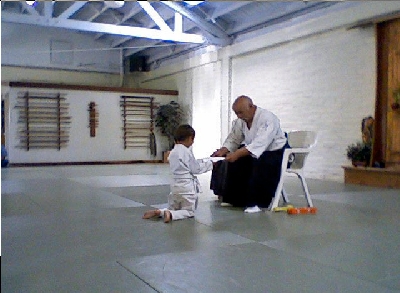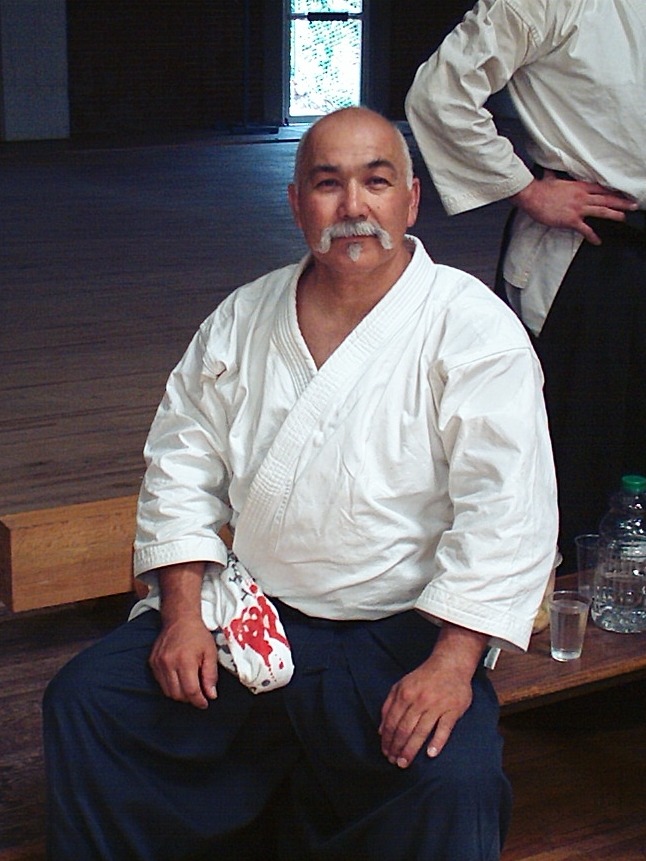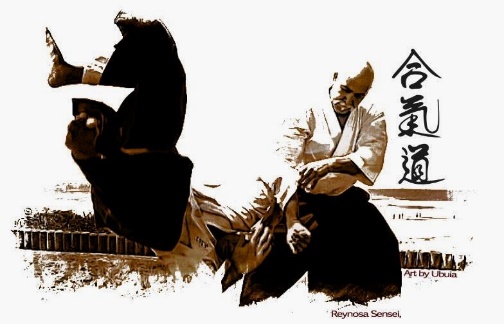Like many Autistic children, Isaac can function perfectly well at times, and, in fact, is enrolled in a public school, in a “typical” class with a “typical” teacher. In Kindergarten, he had a full time aide, and though he will take advantage if allowed, he is doing quite nicely where he is. But it is quite obvious that Isaac is different.
Born prematurely, he spent his first weeks in NICU. Too small and weak at birth, he was not circumcised until he was three months old. For reasons still not known, he bled profusely following that simple procedure and lost a third of his blood. A Hematologist to whom he was referred noticed that all was not right with this child, and he was referred to a Pediatric Neurologist. The initial diagnosis was grim; Isaac was thought to have Cerebral Palsy.
Immediately, Isaac began therapy. Occupational. Physical. Speech. Group. For the next six and one half years, Isaac received therapy from such recognized and respected Ventura County agencies as California Children’s Services, Easter Seals, Ventura County Superintendent of Schools, and the Saratoga Clinic. Gradually, and far later than most children, Isaac learned to crawl, then walk, to speak, and communicate. Still, Isaac lags behind. What most children do spontaneously, Isaac must be coerced and encouraged.
Over the course of a few years, Isaac initial diagnosis changed. He didn’t really have Cerebral Palsy, the neurologist decided, he had “Clumsy Child Syndrome”. No, actually, after further evaluation and examination (which consisted of watching Isaac play with toys on the floor) the neurologists’ diagnosis was far more sobering. Isaac was diagnosed with mental retardation, and was not expected to achieve more than 50% of a child his age.
Finally, at age three, after a thorough battery of tests, interviews, and observations, Isaac was diagnosed by the medical staff at the Tri-County Regional Center with Autism Spectrum Disorder.
And still, the therapies continued. At age three, he fell under the jurisdiction of the local school district, who provided what limited resources they could. Finally, Isaac’s insurance company agreed to pay for eight hours a month at the Saratoga Clinic. Through it all, Isaac grew and developed, though painfully slowly. Intellectually very bright, Isaac still lags his age group in the development of physical skills we take for granted. With weak muscle tone, lack of coordination, and zero self confidence, he is reluctant to even try such elemental activities as riding a tricycle, let alone a bicycle with training wheels.
Then, in the Spring of 2008, Isaac’s insurance company determined that they had expended sufficient funds on his behalf, and additional growth was unlikely. They terminated payments toward his bi-weekly occupational therapy. We, his guardians, were left to scramble to replace the treatments we felt had done him so much good.
A friend mentioned Aikido, and suggested we visit the Makoto Dojo in Ventura. In all honesty, we knew nothing of Aikido (it’s like Karate, isn’t it?), but skeptically, we entered the Dojo and a new world of opportunities for Isaac.
Larry Reynosa, or Sensei as he is deservedly called, welcomed us with huge hands and open arms. When we explained Isaac’s issues, he shrugged and said, “OK.” Despite Isaac’s age (he was seven at the time) Sensei Reynosa agreed to enroll Isaac in the Toddler class, intended for children 4-6. Due to Isaac’s small stature and relative lack of maturity, Sensei Reynosa thought it would be a good fit. He issued Isaac a Gi, the traditional martial arts uniform, and a White Belt. That was nine months ago.
Today, Isaac is an Orange Belt, the fourth rank. Whereas, when he enrolled, Isaac could scarcely run, today he completes laps with the other children, forward and backward!! (He still gets lapped, but he does it with a smile on his face and a skip in his step.) He once had difficulty standing up from a kneeling position, and today he does forward and backward rolls.
The physical activity of the warm-up and training provides Isaac with nearly all of the “range of motion therapy” he received previously, without the medical background. Although Aikido is no substitute for the treatment he received from trained professionals, it has been a wonderful replacement.
Isaac is, and will probably always be the last one picked when making up teams. Yet, several times the children in the Aikido class picked him first (for reasons perhaps only they can explain). This did wonders for Isaac’s self confidence, let alone his self esteem.
One symptom of Autism is lack of social skills. Being in a room of shouting, running kids can be overwhelming to an autistic child, and Isaac has on a number of occasions been unable to deal with the noise and movement around him. But Sensei Reynosa is the Master of Control, and brings the class from seeming chaos (I liken it to trying to herd cats) to silence with a simple command. And his effect on Isaac is profound. Isaac, who frequently cannot control his actions, is learning self control and self discipline we never thought him capable of.
Aikido is one of the best things that has ever happened to Isaac. He has grown in ways that we never imagined. He has performed feats, though simple and basic to most that have made us giggle with pride.
We don’t know how long Isaac can stay in the Dojo. Sooner or later, he’ll be too big for the Toddler class, and we can’t imagine that he’ll be able to keep up with the kids in the Youth Class. But, we’ll cross that bridge when we come to it. We, and especially Isaac, are already ahead in this game.





